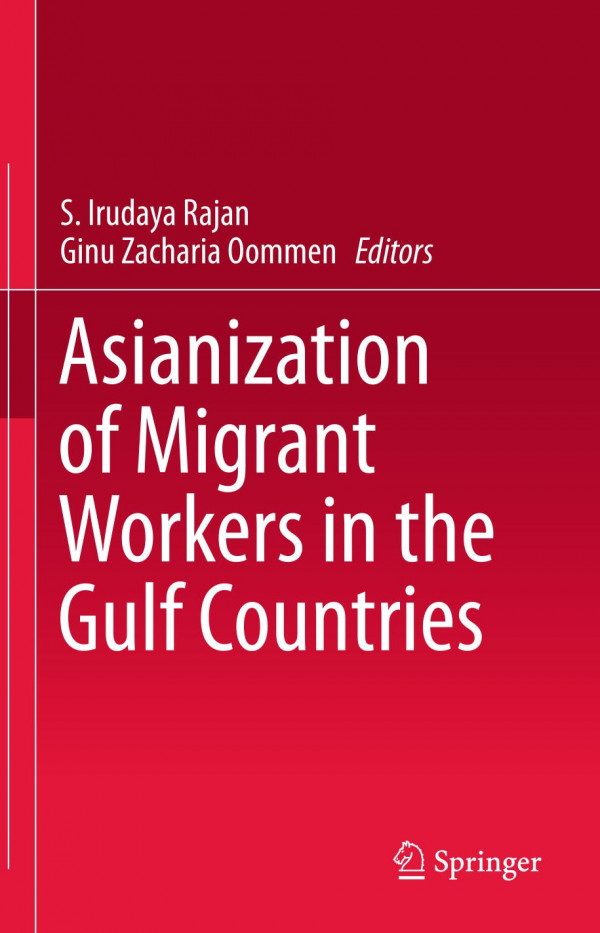

Most ebook files are in PDF format, so you can easily read them using various software such as Foxit Reader or directly on the Google Chrome browser.
Some ebook files are released by publishers in other formats such as .awz, .mobi, .epub, .fb2, etc. You may need to install specific software to read these formats on mobile/PC, such as Calibre.
Please read the tutorial at this link: https://ebookbell.com/faq
We offer FREE conversion to the popular formats you request; however, this may take some time. Therefore, right after payment, please email us, and we will try to provide the service as quickly as possible.
For some exceptional file formats or broken links (if any), please refrain from opening any disputes. Instead, email us first, and we will try to assist within a maximum of 6 hours.
EbookBell Team

5.0
90 reviewsThis edited volume contains sixteen chapters by eminent scholars on one of the largest migration corridors in the world i.e., between South and South-East Asia and the Gulf region. Asia’s trade and cultural contact with the Gulf date back to ancient historical times. Since the 1970s, the economic rise of the Gulf Cooperation Council (GCC) countries owing to the discovery of oil has inspired a huge influx of migrant workers from Asia. At present, out of roughly 15 million expatriates in the Gulf region, Asians constitute around 12 million (80 percent). The chapters in this book look at migration from countries like India, Sri Lanka, Bangladesh, Pakistan, Indonesia and Philippines to the different GCC countries. A few chapters also focus on migration from the India state of Kerala- a state where migration to the Gulf is prominent and where remittances make up over 36 percent of the state GDP. Furthermore, the issues covered range from labour practices and policies, citizenship and state protection, human rights, gender and caste as well as diaspora. This book explores the multifaceted nuances of the ‘Asia-Gulf migratory corridor’ and unearths future prospects and strategic implications. The book examines remittance behaviour, changing gender roles of immigrants, social-spatial mobility, migrant policies, human rights, sense of belonging and identity and perception, and the interaction between nationals and non-nationals.
The book will be of interest to researchers in the areas of demography, migration and gender studies as well as social science researchers, policy makers, human rights lawyers, civil society institutions working on migration, Gulf studies programmes and centres on South-Asian and Middle-Eastern studies.